
Pet ownership has always been part of the American dream, but that dream is quietly shifting. Climate change is altering everyday life for pets and their people in ways most haven’t noticed yet. If you care about animals, it’s time to pay attention. Here are 10 ways the future of pet ownership is being reshaped right now.
Rising Heatwaves Make Walks Dangerous For Dogs
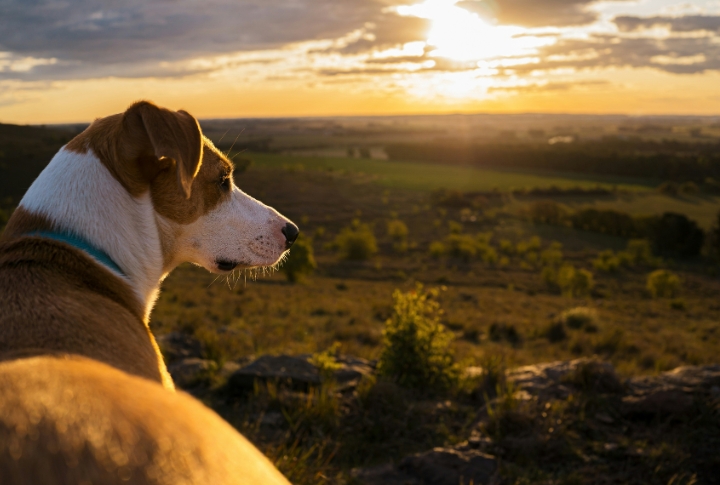
In many U.S. cities, summer sidewalks now sizzle at temperatures exceeding 140°F. A condition in which dogs can suffer heatstroke in under 10 minutes. That’s why pet owners are turning to cooling vests, paw booties, and evening-only walks to protect their furry friends from the heat.
More Fleas And Ticks Are Thriving Year-Round
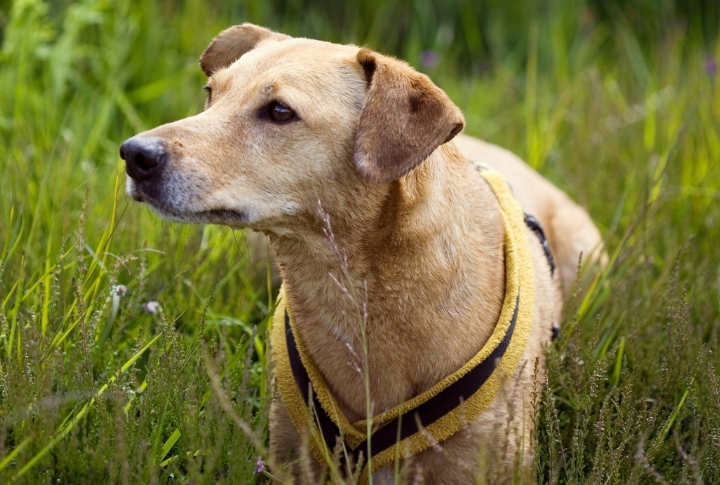
Ticks aren’t just a summer nuisance anymore. Warmer winters have allowed parasites to thrive in places they never used to inhabit. Pet infections like Lyme disease have doubled in 10 years, and experts now warn that some tick species are active as early as January.
Pet Food Supplies Are At Risk From Drought

Pet food prices have surged, but the reason is hidden in the soil. Droughts are hurting the crops and livestock that feed pets. Some brands now list climate impact scores. Meanwhile, insects are being tested as the next protein-packed pet chow.
Disaster Evacuations Are Leaving Pets Behind
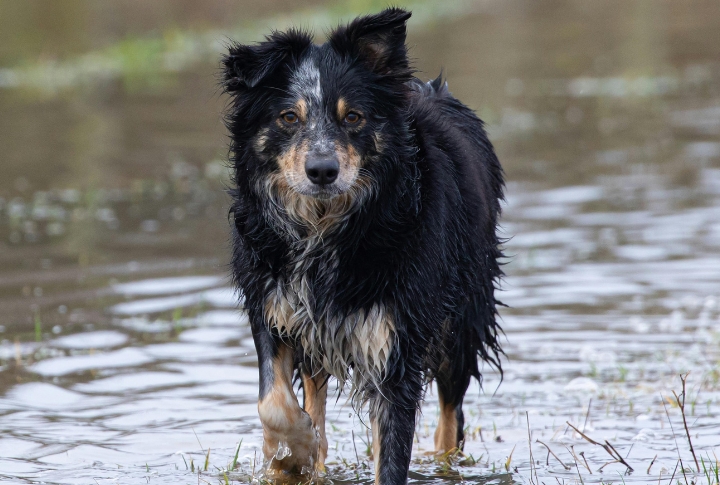
When wildfires and hurricanes strike, pets don’t always make it out. Only 30% of shelters accept animals during evacuation. FEMA now includes mobile rescue units. Microchipping has jumped since Katrina, but too many pets are still stranded when climate disasters hit fast.
Outdoor Time Is Shrinking Due To Air Quality
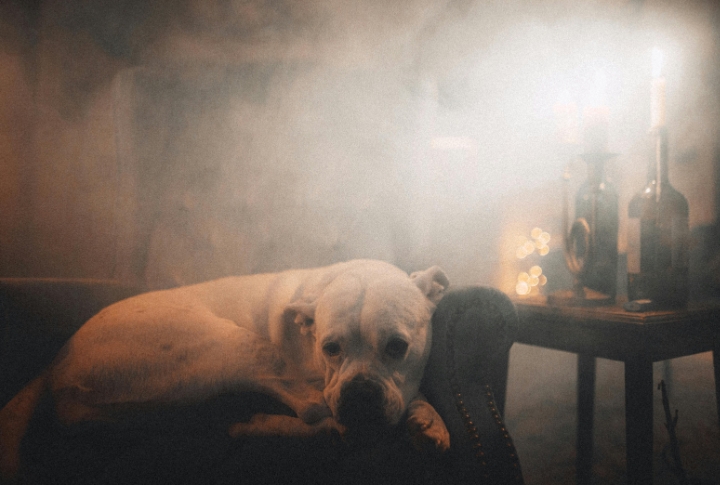
Pet lungs are vulnerable to wildfire smoke, yet few owners check the air. That’s changing. Dog parks are now closed on high AQI days. In fact, air purifiers made just for pets are selling fast as smoky skies become part of life out West.
Insurance And Vet Costs Are Rising With Climate Stress
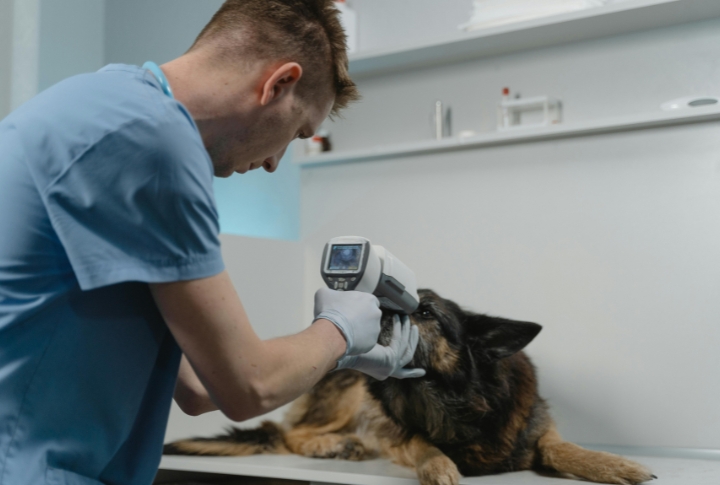
It’s not just you—pet care is getting pricier. Heatstroke, asthma, and storm injuries are driving up vet bills. Insurance premiums have jumped 25% in 5 years, too. Some wellness plans now include climate-linked conditions, while others have quietly removed disaster-related coverage altogether.
Larger Pets Are Becoming Less Practical In Urban Heat
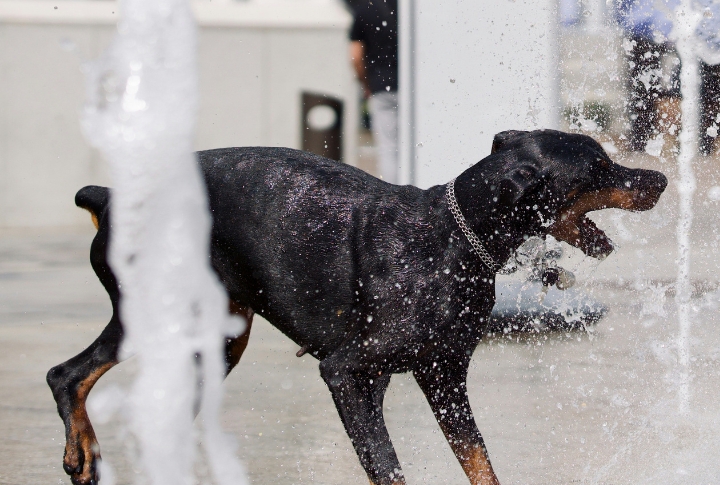
Some pet owners are downsizing. In dense, overheated cities, larger dogs overheat faster and need more space. Breeds like Chihuahuas and Frenchies are on the rise. Even apartment rules are starting to reflect climate limits on what kinds of pets are allowed.
Backyard Habitats Are Becoming Unsafe For Pets

The backyard isn’t what it used to be. Coyotes and snakes are moving closer to homes, driven in by drought and fire. Homeowners are building climate-conscious fencing and hiring services to “pet-proof” their yards from increasingly unpredictable wildlife.
Breeding Practices Are Shifting For Climate Resilience
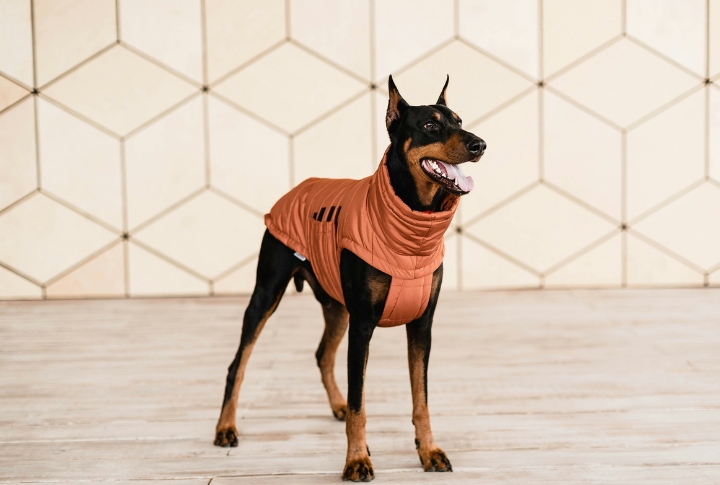
Not all breeds can handle the heat. Some are being quietly phased out. Breeders are now selecting dogs that tolerate warmer conditions. Short-coated animals are favored in hotter states, and even breed standards are shifting to reflect what the climate demands.
Water Restrictions Are Limiting Pet Hygiene

In drought-hit states, pet grooming routines are changing. Outdoor washing is restricted in many neighborhoods. That’s fueled a boom in dry shampoos and rinse-free grooming. Salons are also installing greywater systems just to stay compliant with tightening conservation rules.

